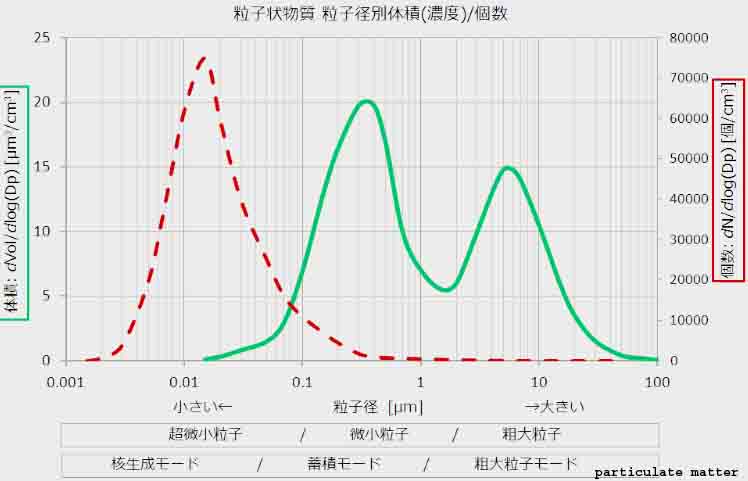
Particulate Matter
Particulate matter (PM) is a complex mixture of tiny particles suspended in the air, with diameters ranging from a few nanometers to several micrometers. These particles can originate from various natural and anthropogenic sources,
and their presence in the atmosphere has significant implications for human health, the environment, and climate. This comprehensive article explores the diverse aspects of particulate matter, including its sources, composition, health effects, environmental impacts, and mitigation strategies.
Introduction
Particulate matter, often abbreviated as PM, is a key component of air pollution that poses significant challenges to global public health and environmental sustainability. This article begins by providing an overview of particulate matter, its classification based on size, and its sources. Understanding the nature of particulate matter is crucial for addressing the various challenges associated with its presence in the atmosphere.
Classification of Particulate Matter
Particulate matter is classified into different size fractions, known as PM1, PM2.5, and PM10, based on the aerodynamic diameter of the particles. This section delves into the significance of these size categories, exploring the health and environmental implications associated with each.
Natural Sources of Particulate Matter
While anthropogenic activities significantly contribute to particulate matter in the atmosphere, natural sources also play a substantial role. This section examines natural sources such as wildfires, volcanic eruptions, dust storms, and sea spray, shedding light on the dynamic interactions between natural and human-induced sources of PM.
Anthropogenic Sources of Particulate Matter
Human activities release a vast array of particulate matter into the air, contributing to the overall pollution levels. This section explores major anthropogenic sources, including industrial processes, transportation, energy production, and agriculture, and discusses the specific characteristics of PM emitted from these sources.
Composition of Particulate Matter
Particulate matter is a complex mixture of solid and liquid particles, each with its own chemical composition. This section analyzes the components of PM, including organic compounds, metals, and inorganic ions, and examines how the variability in composition influences the health effects and environmental fate of particulate matter.
Health Effects of Particulate Matter
Particulate matter has profound implications for human health, with both short-term and long-term exposure linked to a range of adverse health outcomes. This section explores the respiratory and cardiovascular effects of PM, considering vulnerable populations and discussing the underlying mechanisms by which particulate matter exerts its impact on health.
Environmental Impacts of Particulate Matter
Beyond its effects on human health, particulate matter also interacts with the environment, affecting ecosystems, water bodies, and climate. This section investigates the environmental consequences of PM, including its role in soil pollution, water contamination, and contributions to climate change through interactions with radiation and cloud formation.
Monitoring and Measurement of Particulate Matter
Accurate monitoring and measurement of particulate matter are essential for assessing air quality and developing effective mitigation strategies. This section explores various monitoring techniques, including satellite observations, ground-based measurements, and advancements in sensor technologies, highlighting their strengths and limitations.
Regulatory Frameworks and Standards
Governments and international organizations have established regulatory frameworks and air quality standards to address particulate matter pollution. This section examines existing regulations, such as the Air Quality Index (AQI) and the World Health Organization (WHO) guidelines, and assesses their effectiveness in managing and reducing PM concentrations.
Mitigation Strategies for Particulate Matter
Addressing particulate matter pollution requires a multifaceted approach involving technological innovations, policy interventions, and public awareness. This section discusses a range of mitigation strategies, including the development of cleaner technologies, urban planning initiatives, and the promotion of sustainable practices, to reduce the emission and exposure to particulate matter.
Future Challenges and Research Directions
As our understanding of particulate matter continues to evolve, this section explores the ongoing challenges in managing PM pollution and identifies potential research directions. Topics include emerging sources of particulate matter, the integration of artificial intelligence in air quality management, and the implications of climate change on PM dynamics.
Conclusion
In conclusion, particulate matter remains a complex and pervasive environmental challenge with far-reaching consequences for human health and the planet. This comprehensive article has provided an in-depth exploration of the sources, composition, health effects, environmental impacts, monitoring techniques, regulatory frameworks, and mitigation strategies associated with particulate matter. Moving forward, concerted efforts are needed to address this issue through interdisciplinary collaboration, technological innovation, and effective policy implementation. Only through such collective actions can we hope to mitigate the impacts of particulate matter and safeguard the well-being of current and future generations.









